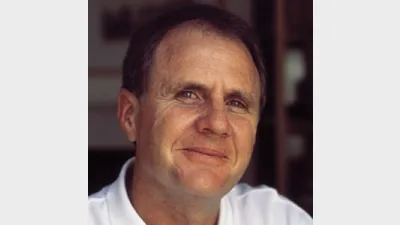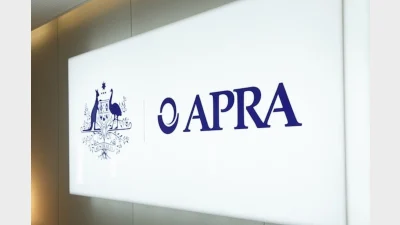Strong share markets boost super returns



Super funds have returned a very healthy 10.8 per cent for the eight months of the financial year to date, despite a shaky January.
Chant West research has shown the median growth fund returned 2.1 per cent for February as share markers delivered strong returns to boost super funds.
Chant West director Warren Chant said with just over one quarter left in the financial year, funds should return positively, possibly in the double digits.
“Since the low point of the global financial crisis (GFC) in end-February 2009, growth funds have now advanced 67 per cent. Not only have they recovered their GFC losses, but they now stand 23 per cent above their pre-GFC high reached at the end of October 2007,” Chant said.
Australian shares climbed 4.9 per cent in February while international shares went up 4.2 per cent on a hedged basis. The strength of the Australian dollar, however, meant the gain in unhedged terms was only 2.3 per cent.
Chant attributed the rise in the share markets to better than anticipated manufacturing and employment data coming out of the US, and more signs of recovery in the Euro zone.
He added the newly appointed Chair of the US Federal Reserve, Janet Yellen, said the US economy showed enough signs of recovery to continue slashing monetary stimulus.
“Three rounds of stimulus have helped drive the US stock market up over 170 per cent (as measured by the S&P 500) since early 2009. So for markets to react positively to news that the stimulus is to be wound back further is a real sign of confidence in the economy,” Chant said.
“Markets are not ignoring negative news but they seem to be confident enough to take it in their stride.”
Master trusts outdid industry funds by a whisker in February, returning 2.2 per cent versus 2 per cent. But industry funds still lead over the long term.
They outdid master trusts by 0.5 per cent per annum over 10 years to the end of February, returning an annualised 7.3 per cent against 6.8 per cent.
Recommended for you
The winners have been announced for the 2025 Super Fund of the Year Awards, held in Melbourne on 26 November.
Australian Ethical Superannuation has seen additional licence conditions imposed on it by APRA over the fund’s expenditure management.
The fund has strengthened its leadership team with three appointments to drive its next phase of growth and innovation.
ASIC and APRA have warned many trustees have failed to meaningfully improve retirement strategies despite the retirement income covenant being in place for three years.









